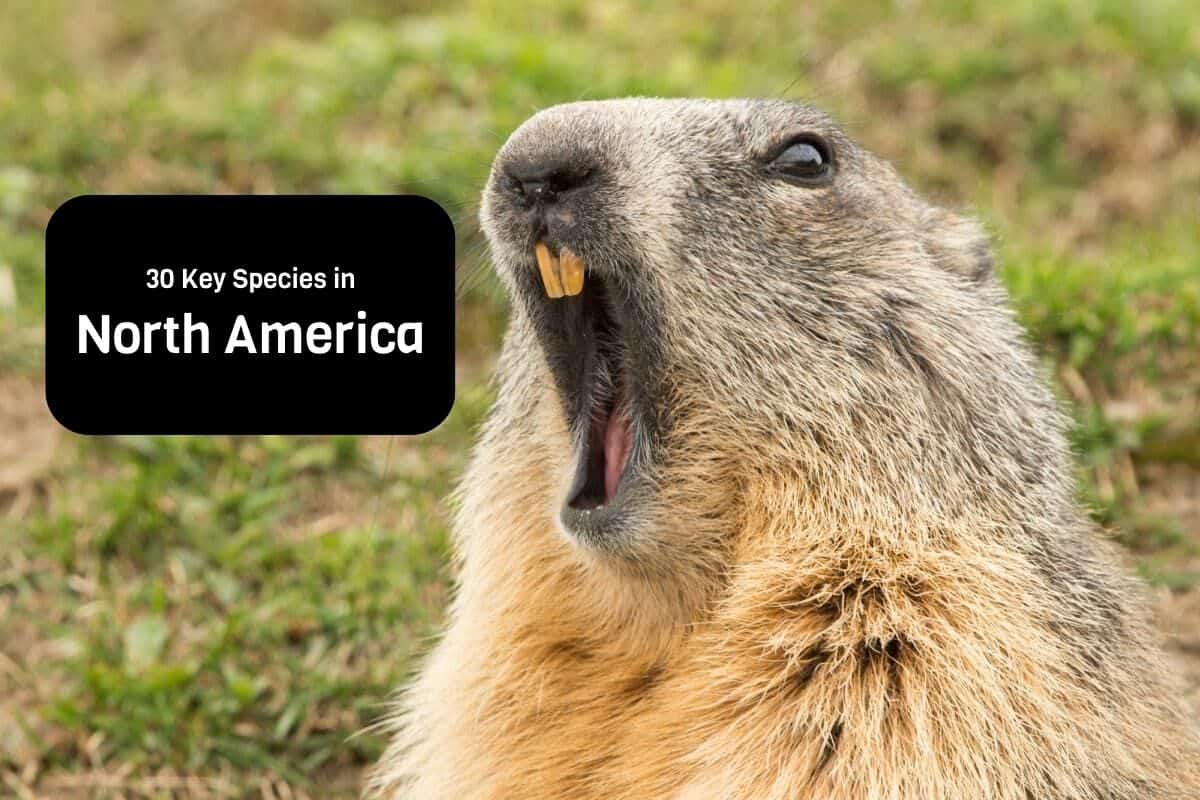Ever wondered what some of the key species in North America are? Well, so have we! The North American continent is home to varied landscapes, stretching from the northern Arctic waters to the southernmost land bridge of Central America and surrounded by the Atlantic and Pacific Oceans. North America boasts diverse wildlife species with an estimated 457 mammals, 662 reptiles, over 300 amphibians, 914 birds, and 4,000 known arachnids.
Are you curious to know what species North America is home to? Let’s delve deep into this article to explore 30 key species in North America.
1. American Beaver
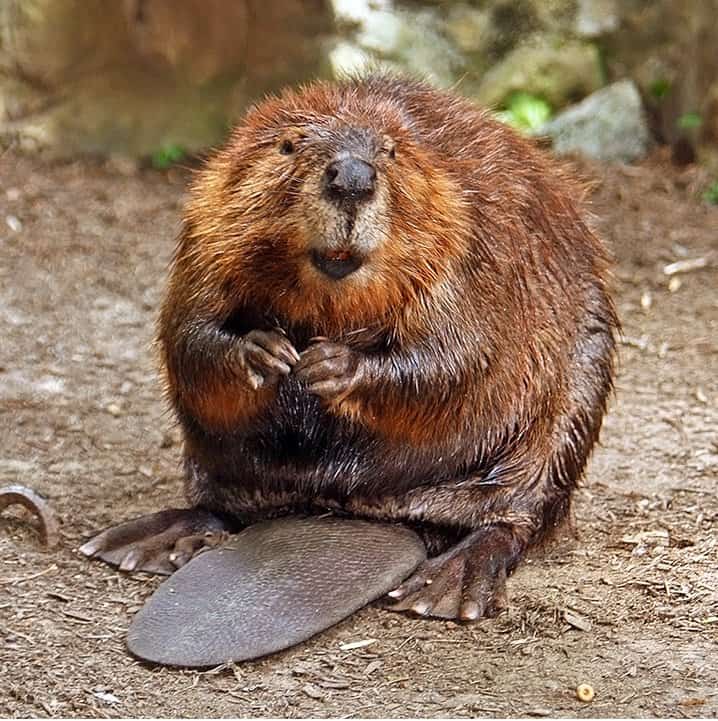
One of only two living species of beaver, the American beaver is the world’s second-largest rodent. These stocky animals weigh up to 50 or 60 pounds with compact trunks, broad, flat tails covered with scales, short legs, and webbed feet. They constantly build dams, which aid in establishing and maintaining a biodiverse habitat.
2. Alligator Snapping Turtle
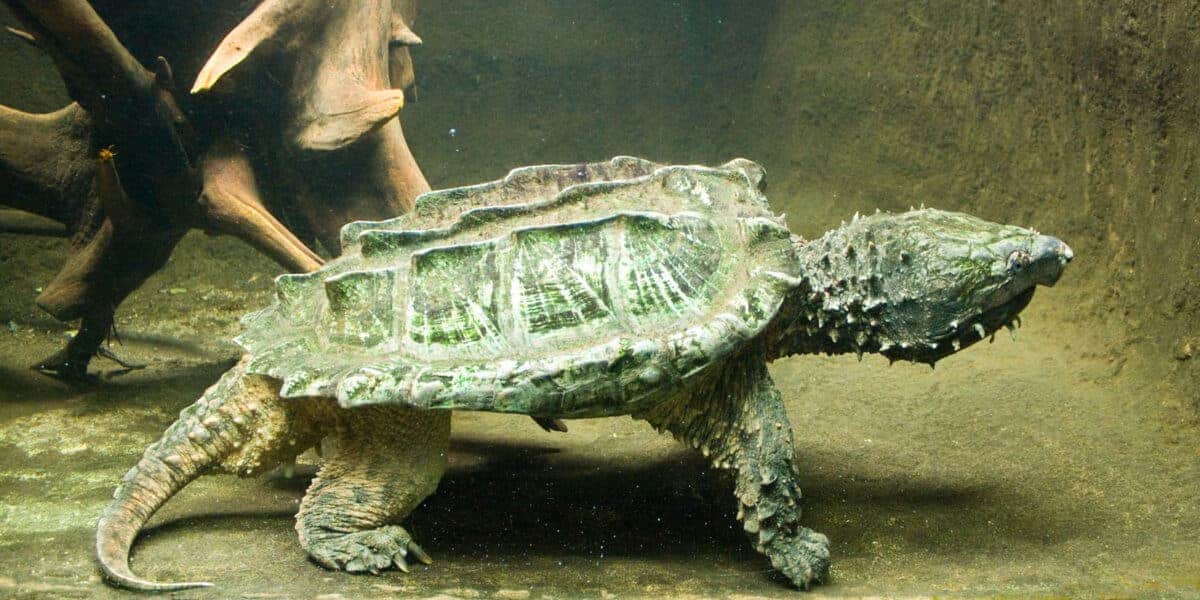
The world’s largest freshwater turtle, the alligator snapping turtle, weighs over 220 pounds. This North American reptile is mainly found in the rivers and streams of the southeastern United States. Alligator snapping turtles use a worm-shaped appendage on their tongue to lure fish within the range of their powerful jaws.
3. Brown Bear
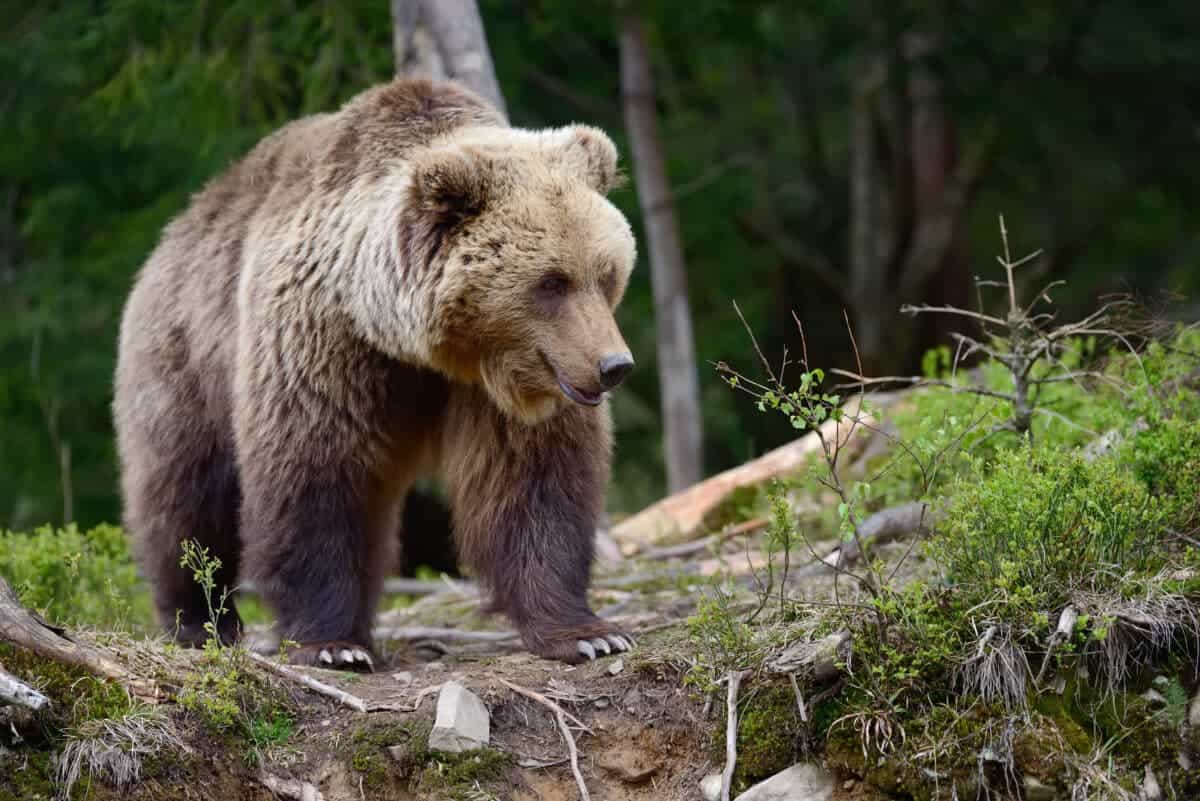
Brown bears, commonly known as grizzly bears, are found in Asia, Europe, and North America. These animals can be considered the largest land omnivores worldwide. They don’t solely prey on animals but include a variety of plant matter like nuts, roots, and seeds.
4. American Alligator
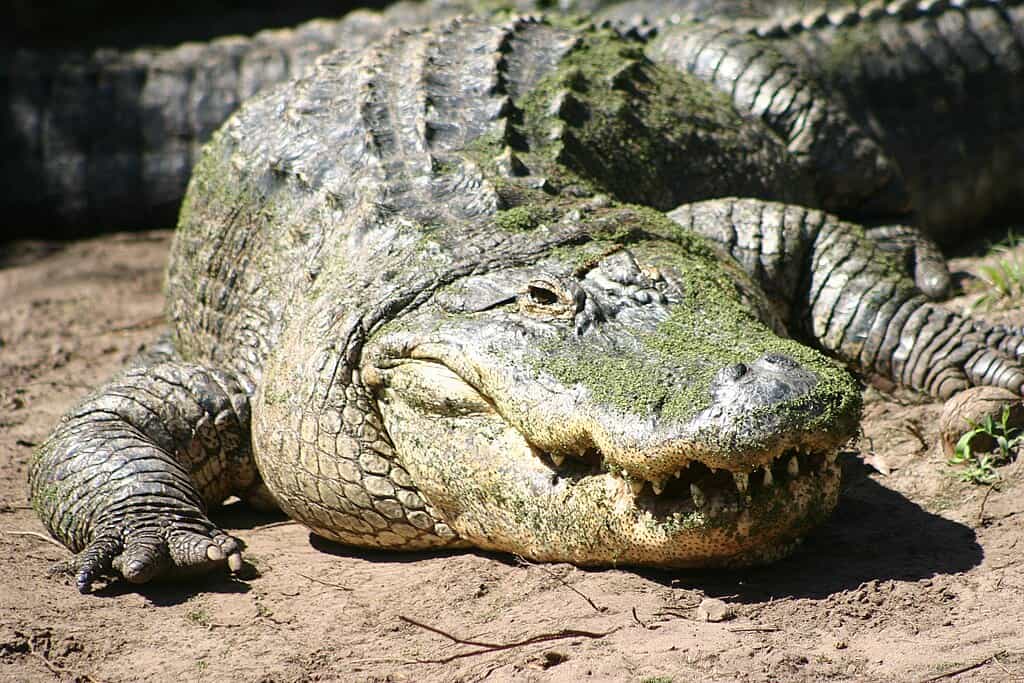
Found in the northeastern Mexican state of Tamaulipas and the southeastern United States, stretching from North Carolina to the Rio Grande, the American alligator is a large predatory reptile. It’s one of two crocodiles in the United States and one of two living alligators. Moreover, the adult American alligator can be 13 feet lengthy and weigh half a ton!
5. Polar Bear
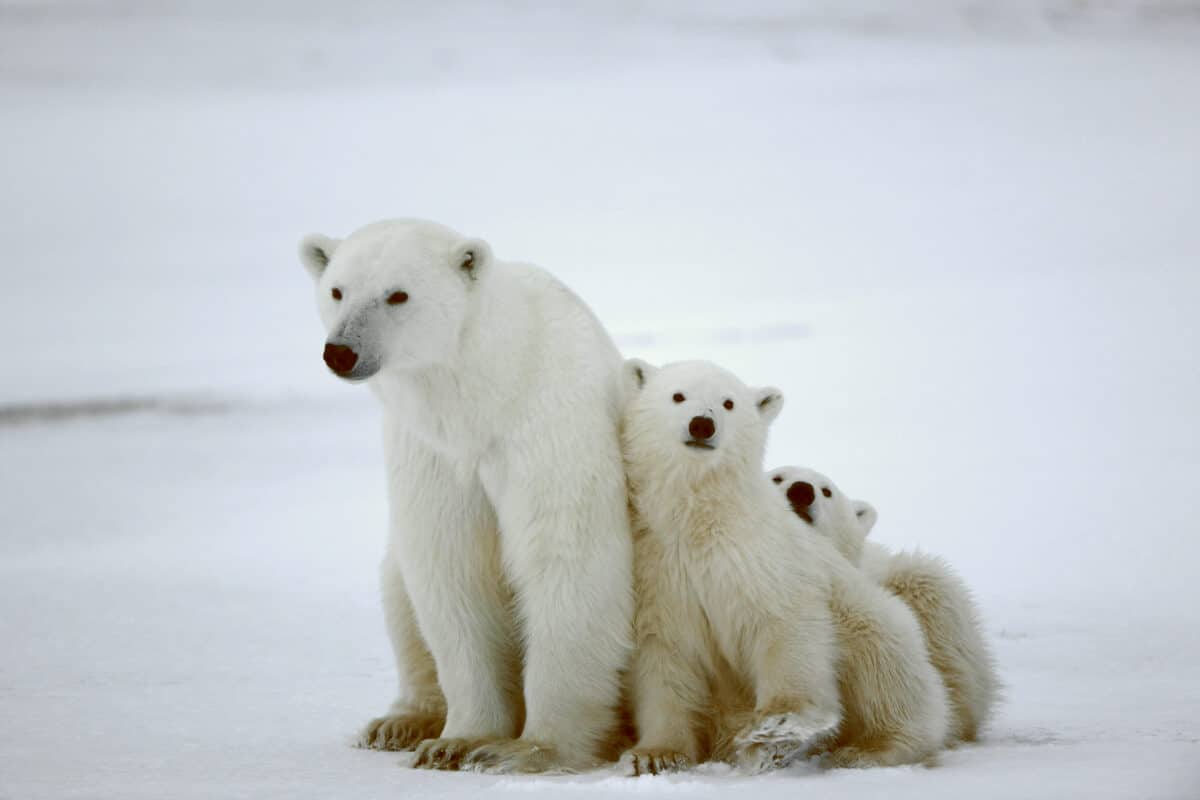
On average, the polar bear is the largest member of the Ursidae bear family. However, some brown bears can surpass polar bears in terms of size. Anyone can easily recognize these North American species because of their white coat, which provides polar bears insulation and camouflage. Although their coat appears white, the hairs are hollow and have no color.
6. Mountain Lions
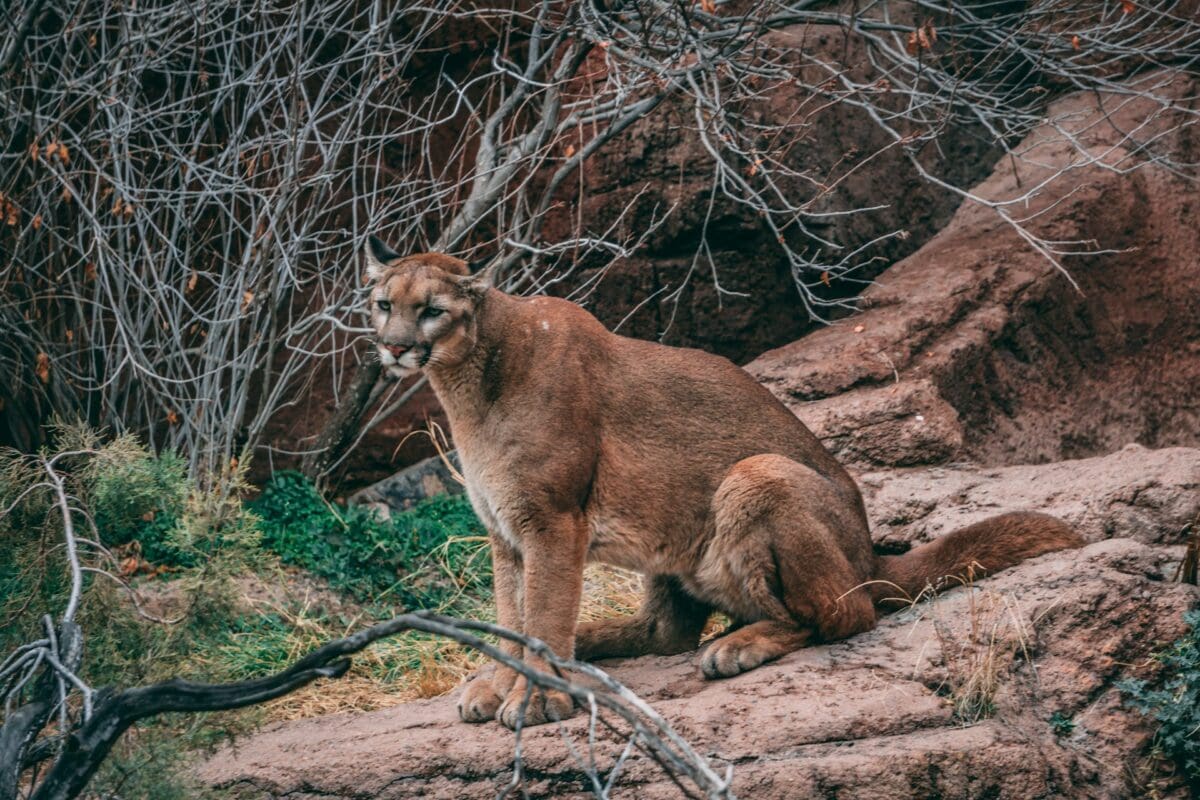
Also named puma and cougar, the mountain lion is Felidae’s largest member, commonly inhabiting North America. Mountain lions adapt well to various ecosystems, from mountains and wetlands to deserts and forests. Their territorial nature makes it necessary for them to have large tracts of habitat to hunt and thrive.
7. Groundhog
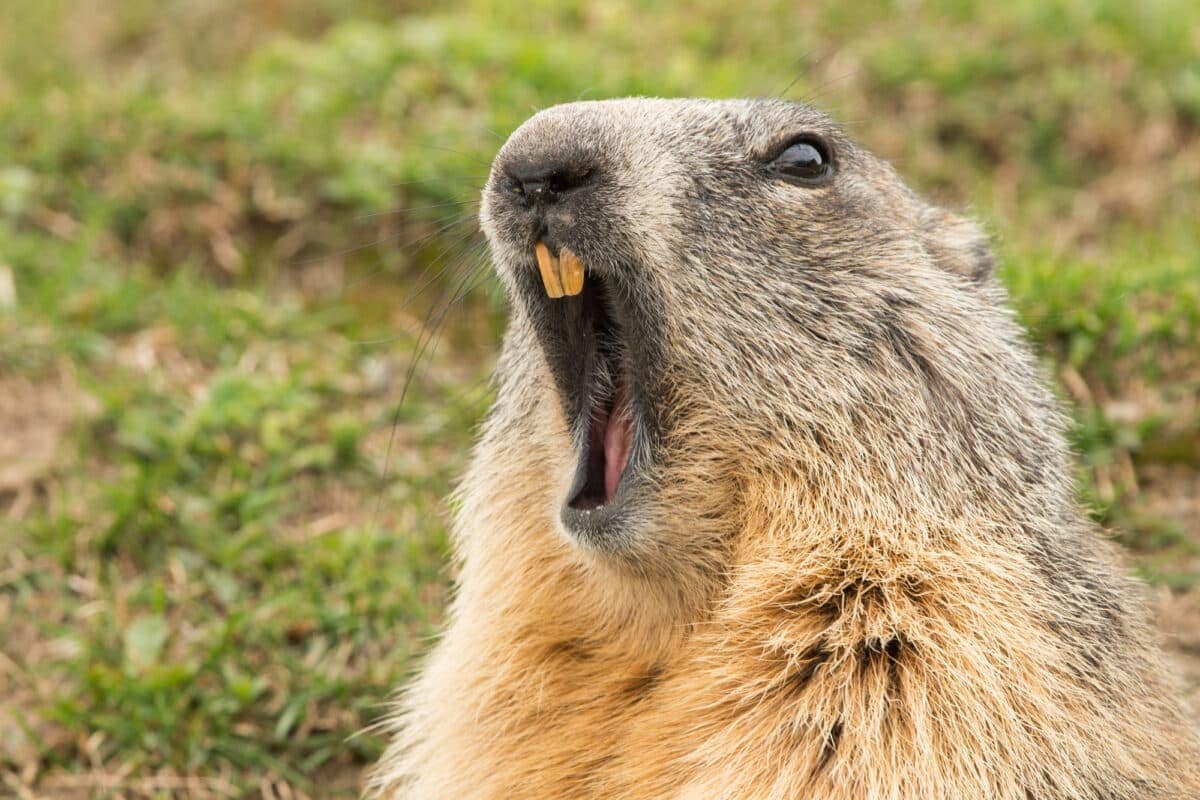
The groundhog is a large burrowing rodent inhabiting most regions of Canada and the eastern US and it is a rodent of the Sciuridae family. The Pennsylvanian folklore says that this rodent sees its shadow upon emerging from its burrow on 2nd February, and winter is expected to continue for another six weeks.
8. American Bison
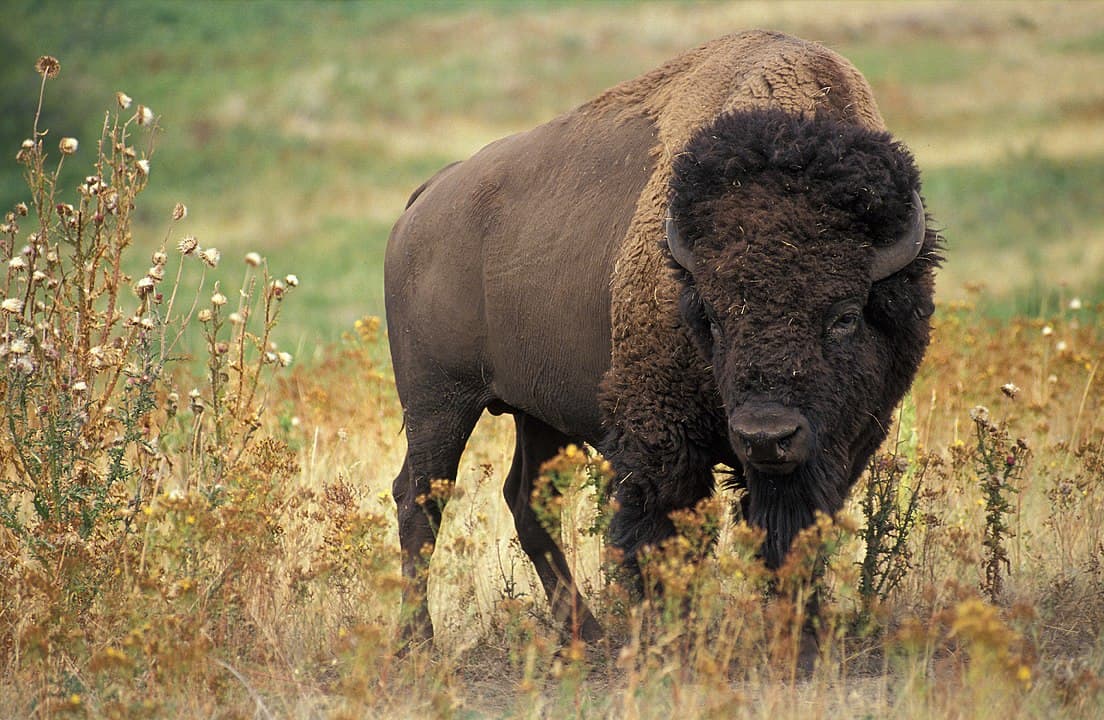
Unique to the western United States and Canada, American Bison have short, curved horns, a hum on their back, and a thick coat of dark-brownish fur. More impressive even, these bison can be six and a half feet tall from the top of their hump to hooves! And their length can be around 12.5 feet, making them North America’s largest mammals.
9. Gila Monster
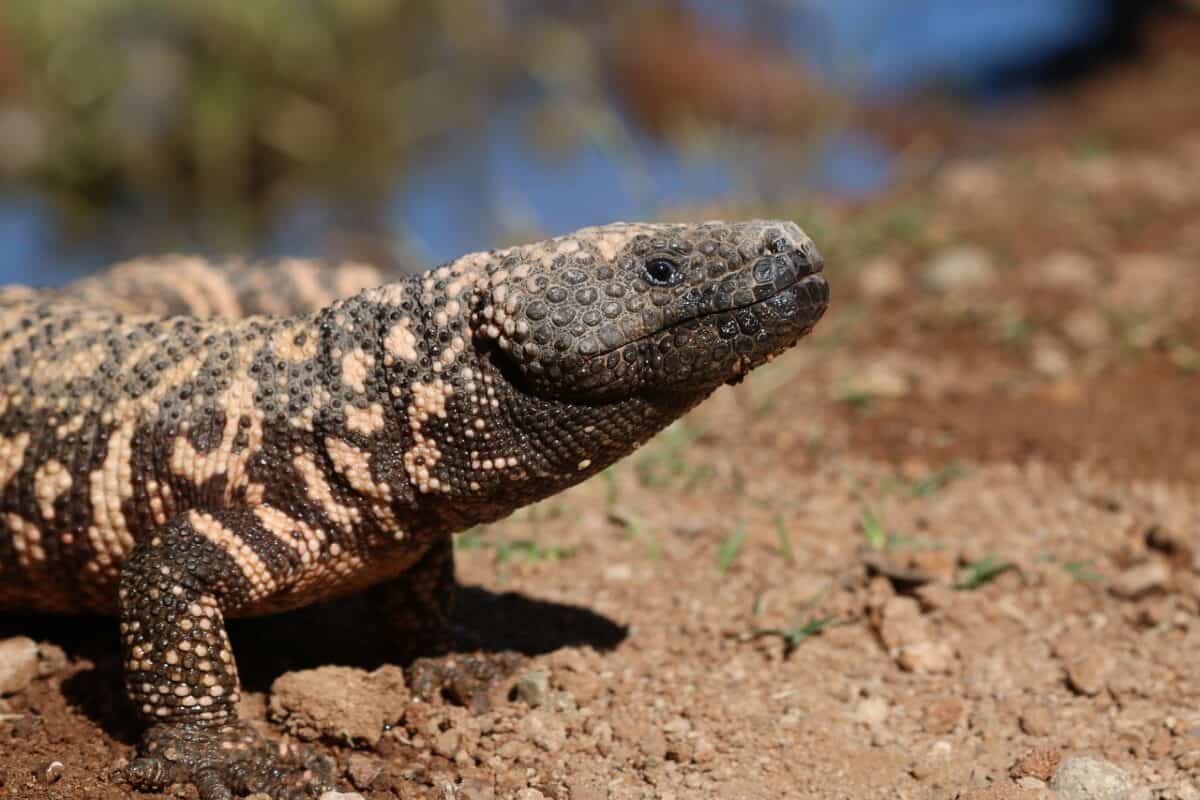
The Gila monster is a lizard that mainly inhabits dry areas of the southwestern United States, including the Sonoran and Mojave Desserts. The distinctive features of these North American species are the orange-yellow and black markings and bead-like scales on their bodies. Although they are one of two venomous lizards in North America, their bite is not deadly to healthy humans.
10. Bald Eagle
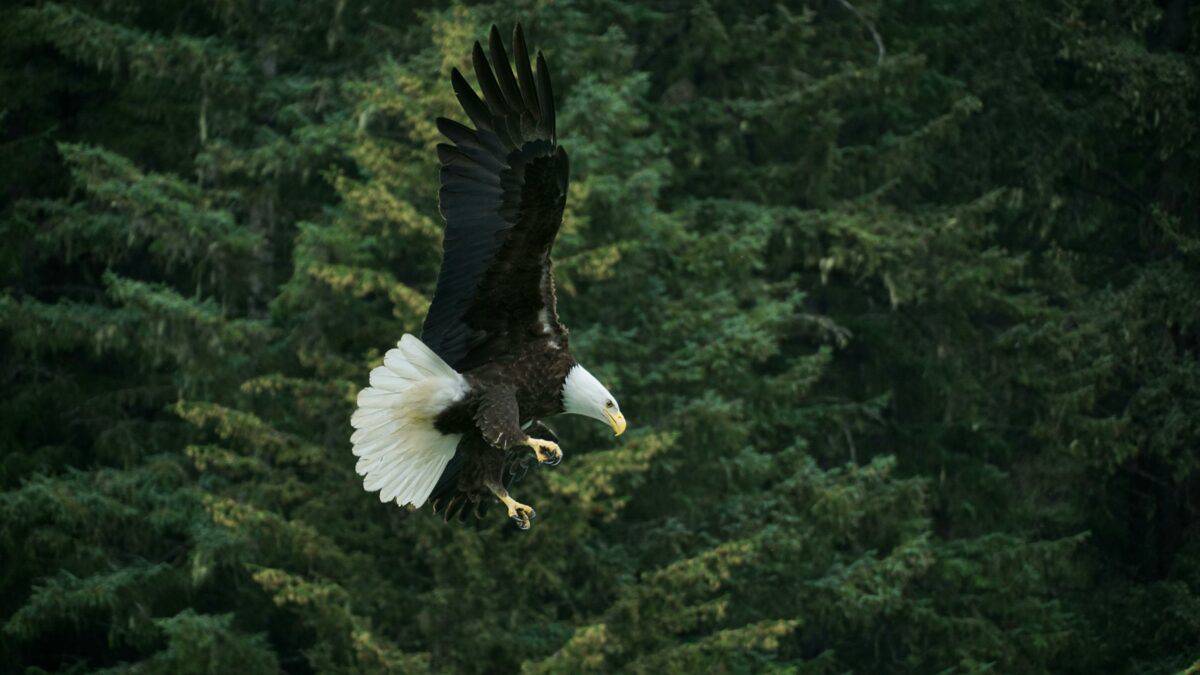
The national symbol of the United States since 1782, the bald eagle measures around 33.8 to 43 inches and weighs approximately 6.5 to 14 pounds. In addition, they have a wingspan of 6 to 8 feet. On maturing, these birds usually have a dark brown body and wings, white head and tail, and bright yellow legs and bill.
11. Luna Moth
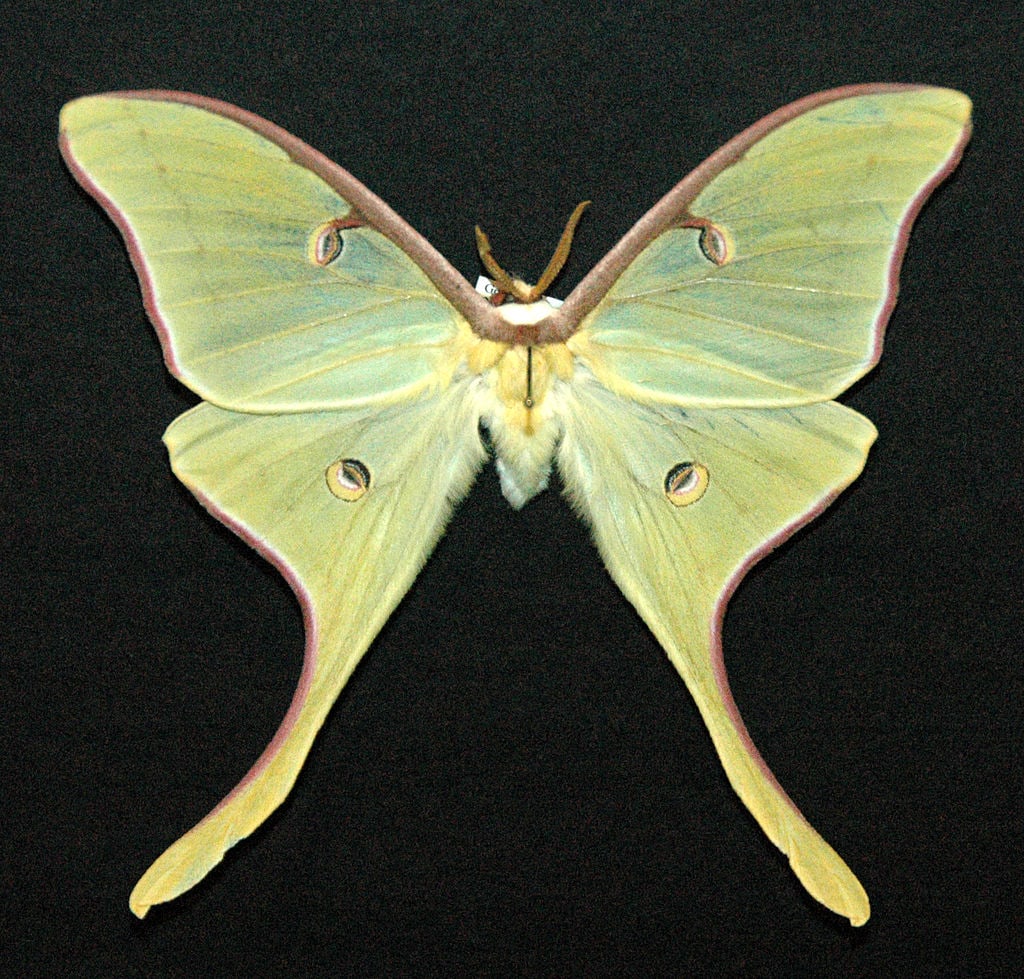
Also known as the moon moth, the Luna Moth inhabits the forests of the eastern United States and southeastern Canada. The Luna moth has a wingspan of 3 to 4.5 inches and long tails on its lower wings. Another unique characteristic includes pale green to yellow eyespots that are pretty and serve as an excellent defense mechanism against predators.
12. Bighorn Sheep
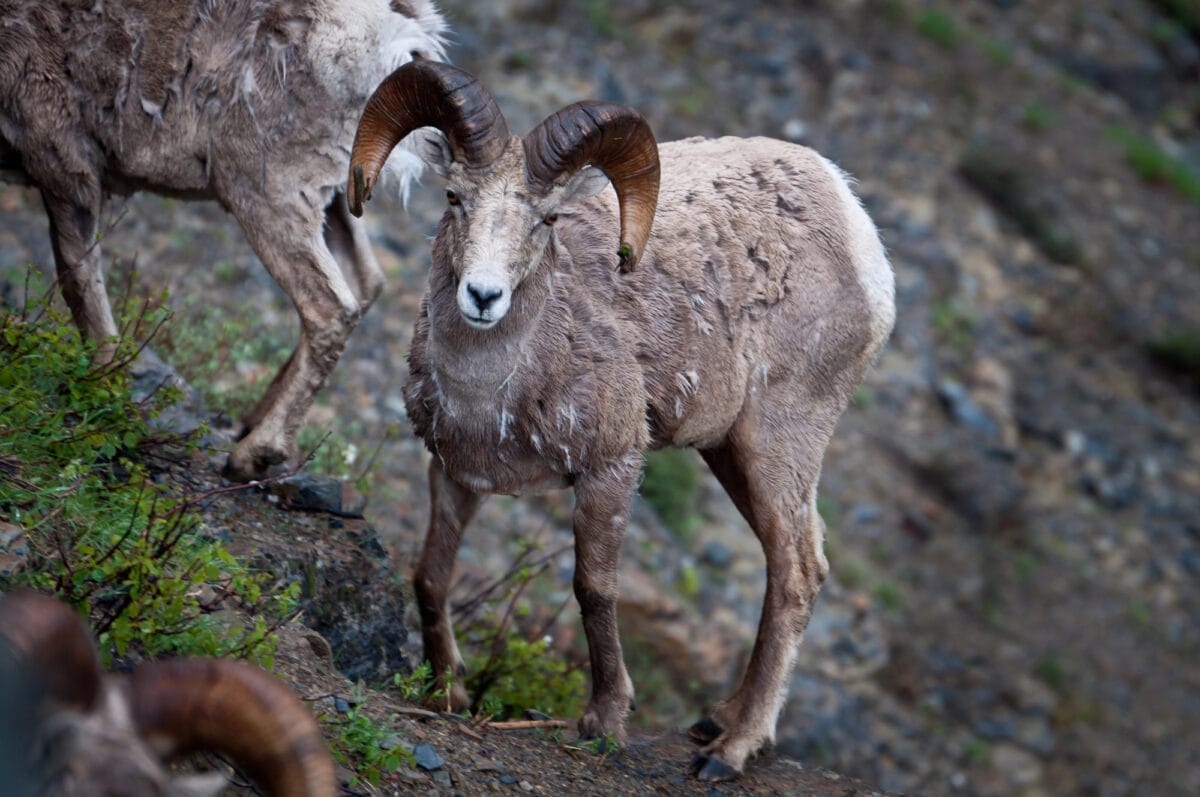
According to historical figures, sheep first came to North America approximately 750,000 years ago. Since then, sheep have been categorized into two species- the bighorn sheep and the Dall sheep ovis dalli. Bighorn sheep are named after the males’ large horns that they use as ‘battering rams’ in ferocious battles to gain dominance within the herd before the mating season.
13. Hawaiian Monk Seal
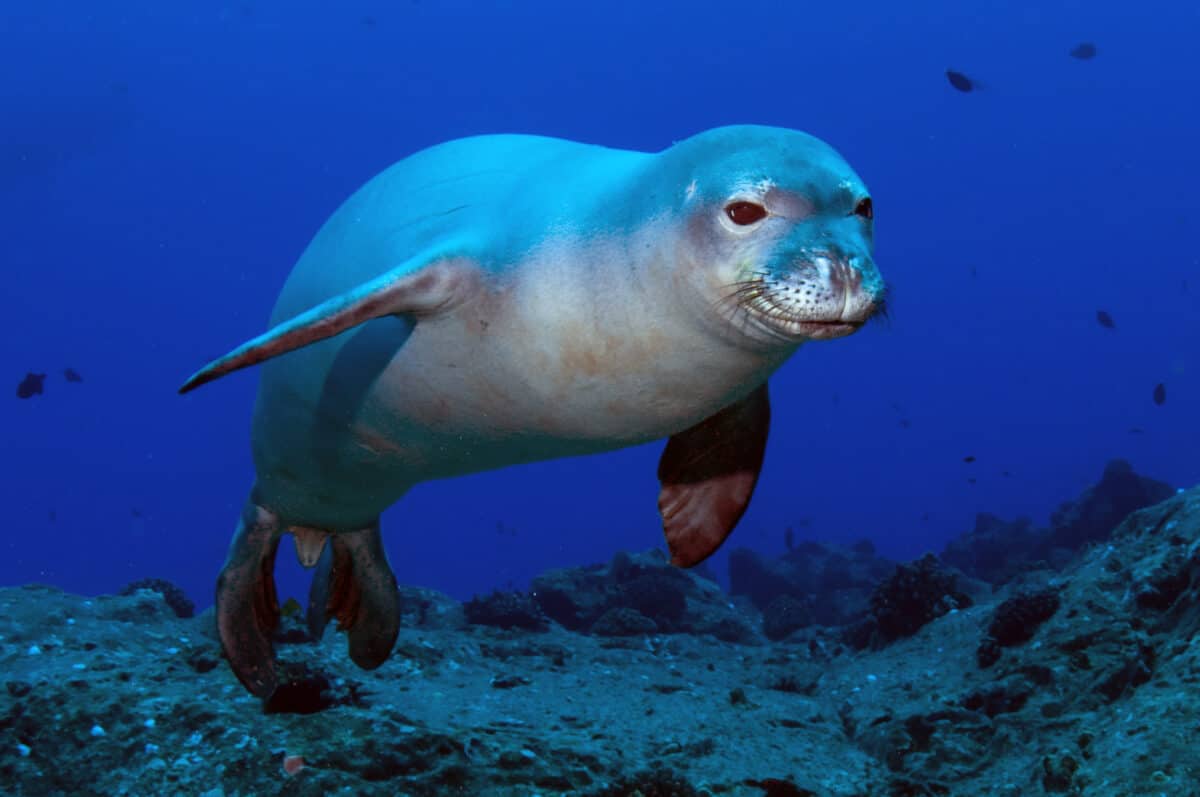
Found in the northwestern Hawaiian Islands, the Hawaiian monk seal weighs around 300 to 600 pounds and can be 8 feet long. Although they sometimes lie down on beaches to soak in the sun, they swim in the ocean most of the time. Less than 1,000 Hawaiian monk seals are left in North America and, thus, are considered endangered.
14. Pronghorn
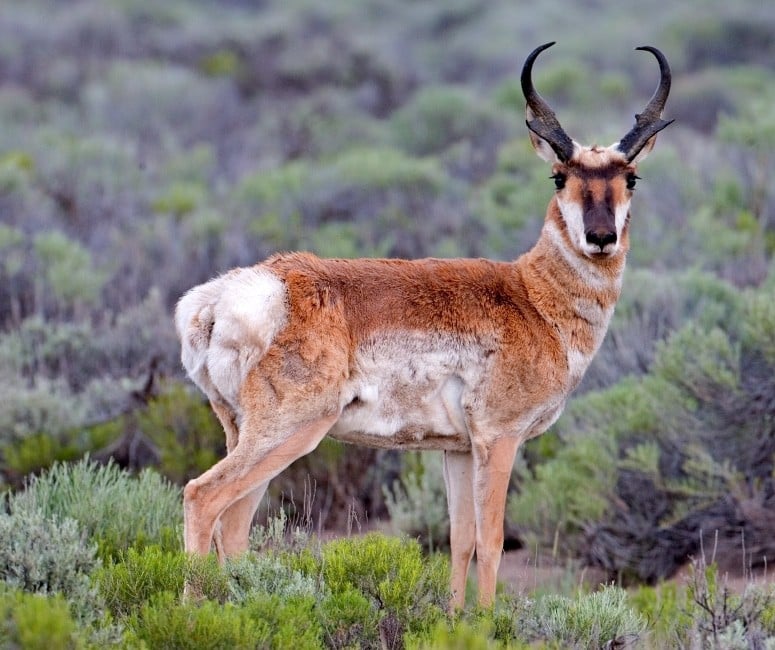
The wildlife native to Canada, Mexico, and the western and central parts of the United States, Pronghorns, live in plains, grasslands, and deserts. Adult male and female pronghorns can grow to 35-40 inches at the shoulder and weigh approximately 100 pounds. Moreover, these North American species can run through grassland habitats at a maximum speed of 50mph.
15. Greater Roadrunner
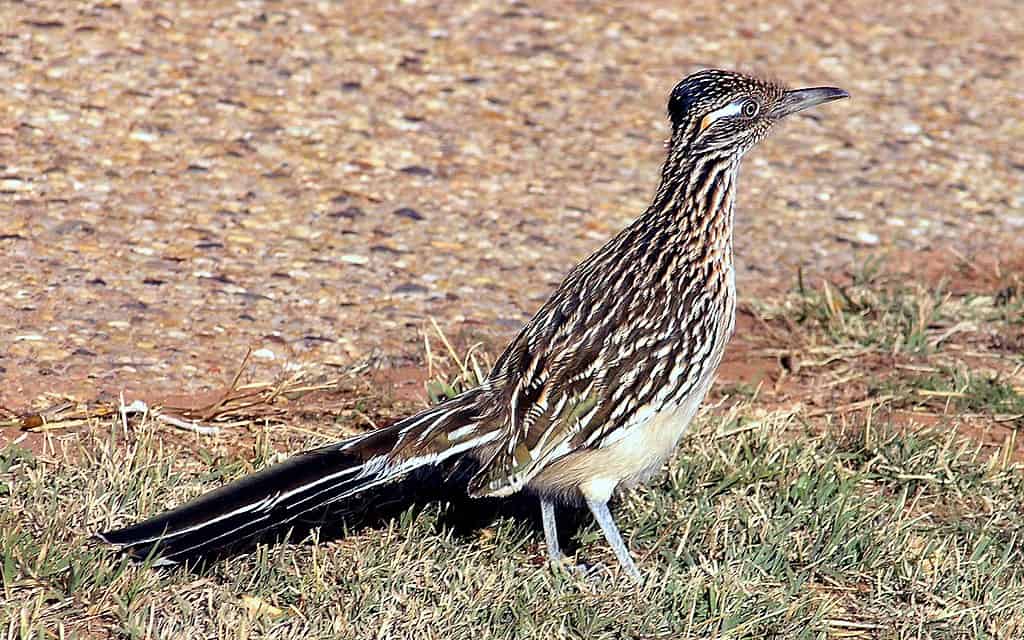
One of two roadrunners, the greater roadrunner, scientifically known as Geococcyx, is a member of the Cucolidae cuckoo family. These animals are found in the desert and arid habits of Mexico and the southwestern United States. Although they can’t fly, greater roadrunners can reach speeds of 20 mph or more when on the ground.
16. American Moose
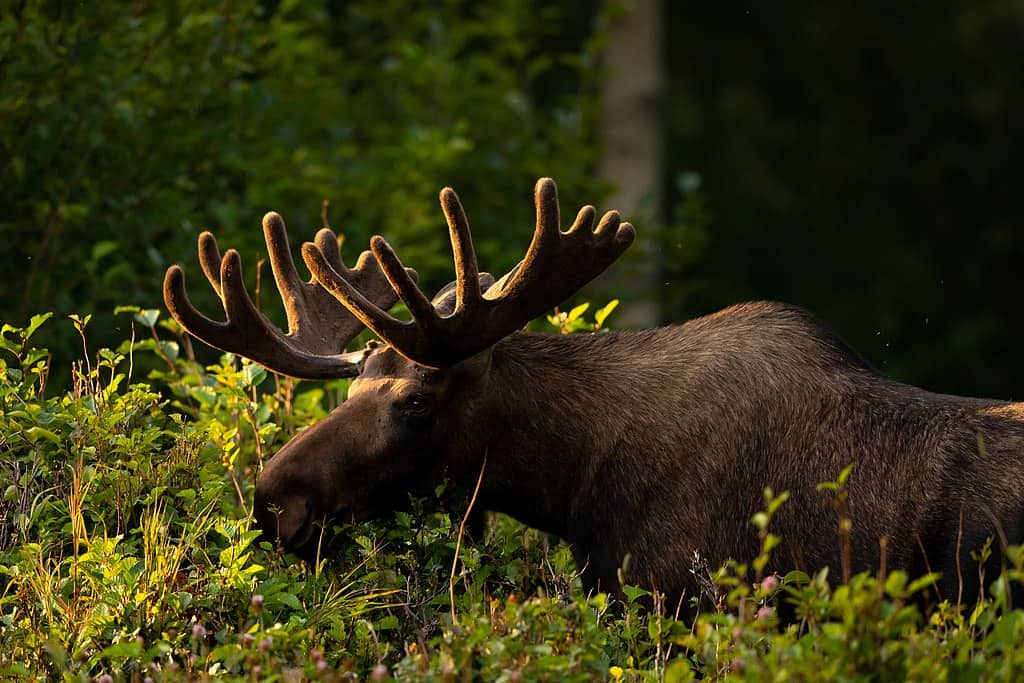
The American moose, with a large, heavy body, long legs, large ears, a flexible upper lip and nose, and a prominent dewlap hanging from its throat, is the largest member of the deer family. They have dark brown fur, which fades during winter. Additionally, male species grow large antlers in the spring and shed them during colder months.
17. Gray Wolf
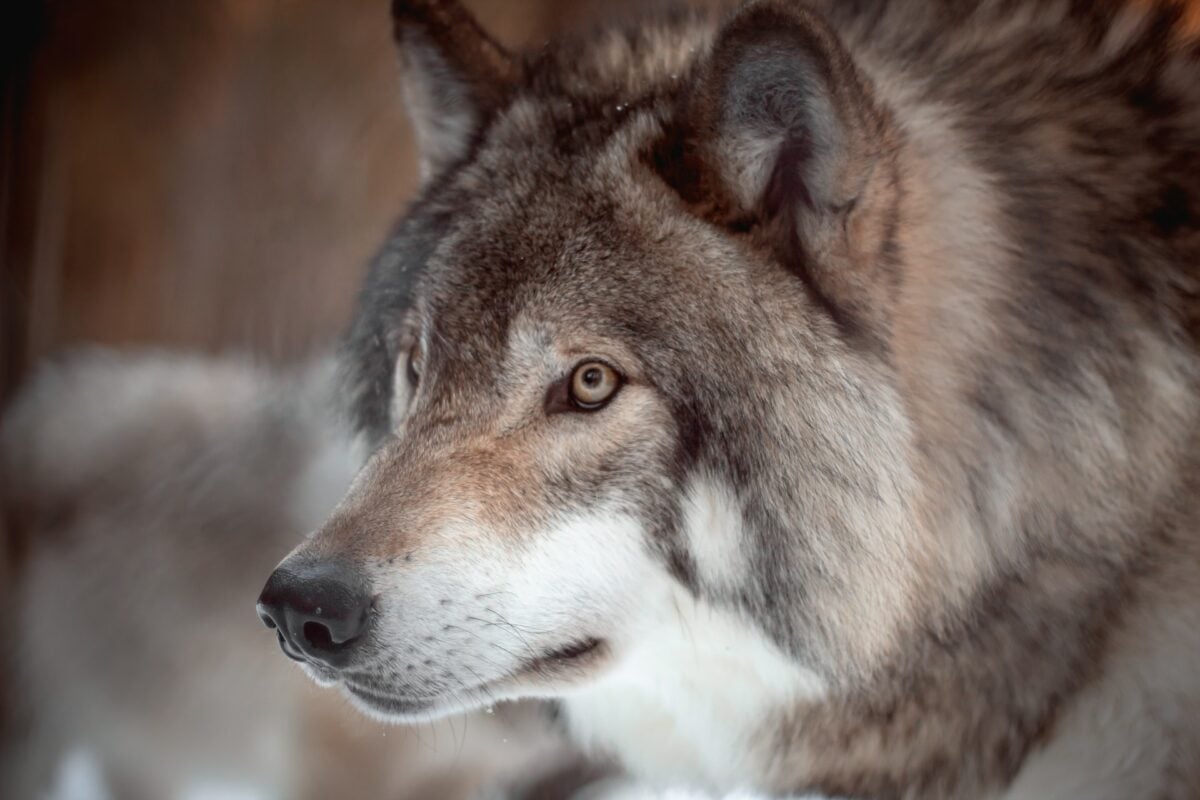
Thriving in various ecosystems, including forests, deserts, mountains, tundra, and grasslands, the gray wolf prey on herd animals like deer and elk. These predators help keep the ecosystem in check by preventing elk, deer, or other herbivore animals from overgrazing. Moreover, the carcasses of their prey redistribute nutrients to the soil while providing food for scavengers.
18. Monarch Butterfly
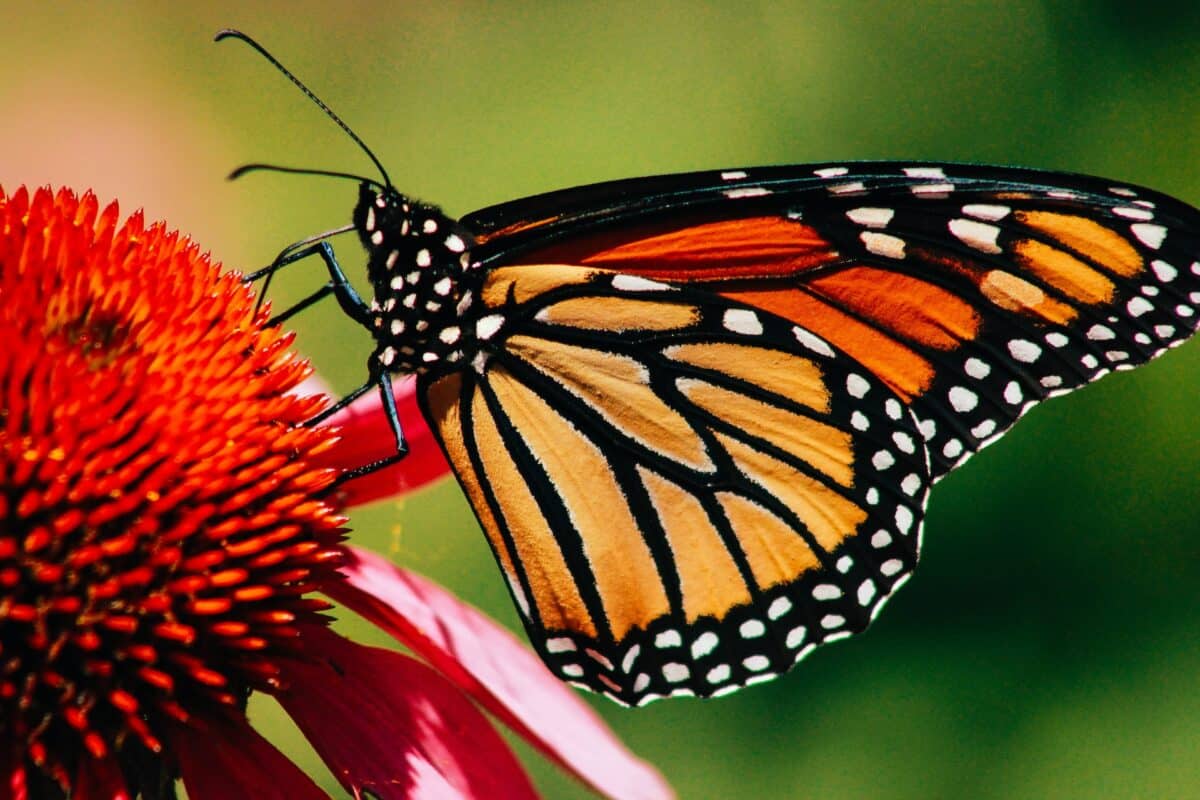
The monarch butterfly is one of the keystone species, having a black body covered with white spots and bright orange wings with black veins and borders. The toxins in milkweed make the monarchs poisonous to eat. Moreover, caterpillars ingest these toxins in milkweed before beginning their metamorphosis. This bright-colored monarch butterfly is famous for its stunning annual migration from the northern US and southern Canada to Mexico.
19. Arctic Wolf
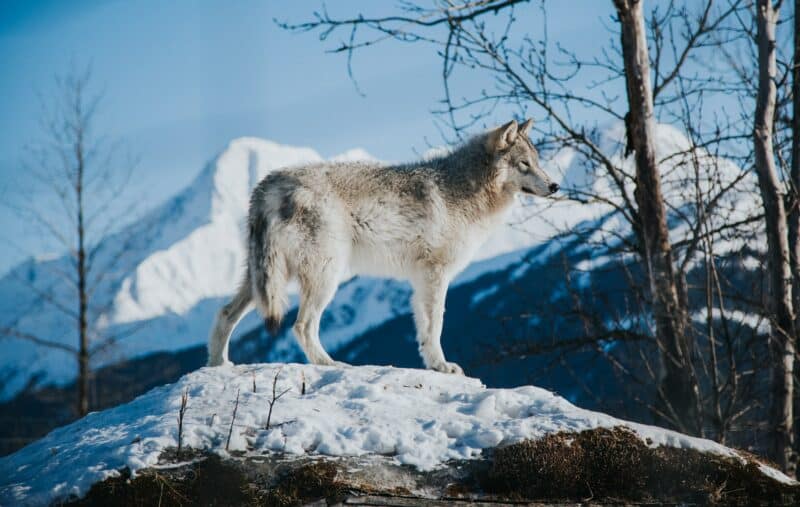
Found in North America, the arctic wolf is the subspecies of the gray wolf. The adult Arctic wolf can be 25 to 31 inches tall at the shoulder and can weigh around 175 pounds. On the other hand, females are usually smaller and lighter. Moreover, they live in a group of 7-10 animals but can occasionally come together in packs of around 30 members.
20. Nine-Banded Armadillo
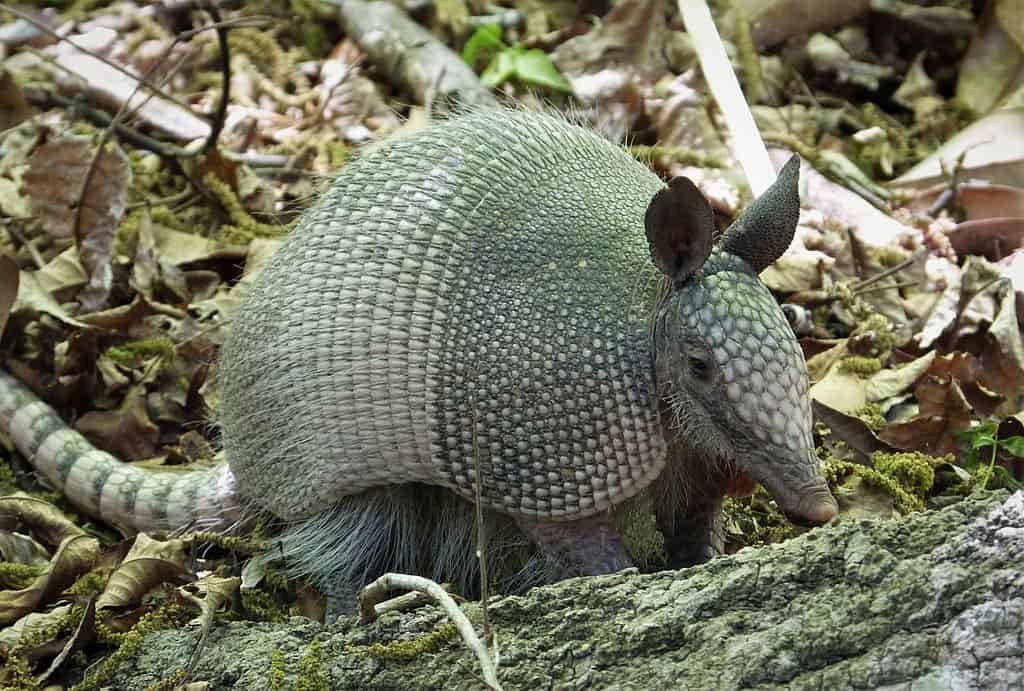
The nine-banded armadillo is the most widespread in the world and is found across the expanse of North, Central, and South America. It weighs around 5 to 15 pounds and measures about 14 to 22 inches from head to tail. Also, this North American animal is solitary and nocturnal, frequently featured as roadkill on the continent’s highways.
21. Kit Fox
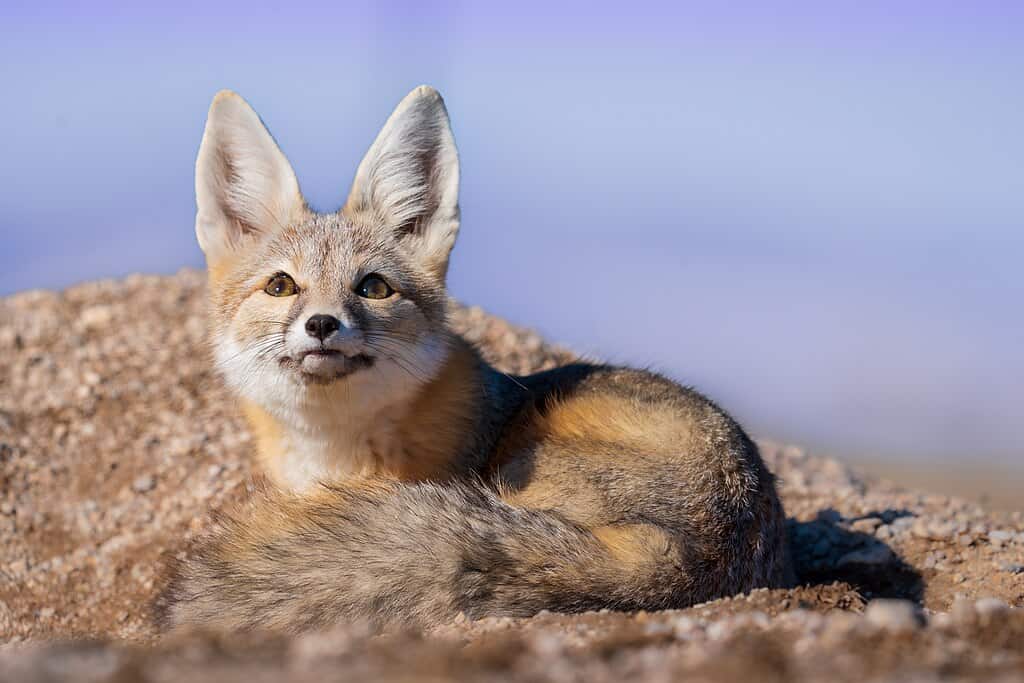
Scientifically known as Vulpes Macrotis, the kit fox is a small fox inhabiting the deserts and other dry regions of Mexico and the southwestern United States. One distinctive feature of kit foxes is their large ears, which provide them with acute hearing and help them dissipate their body heat. It is a means for these species to remain cool in the desert heat.
22. Tufted Titmouse
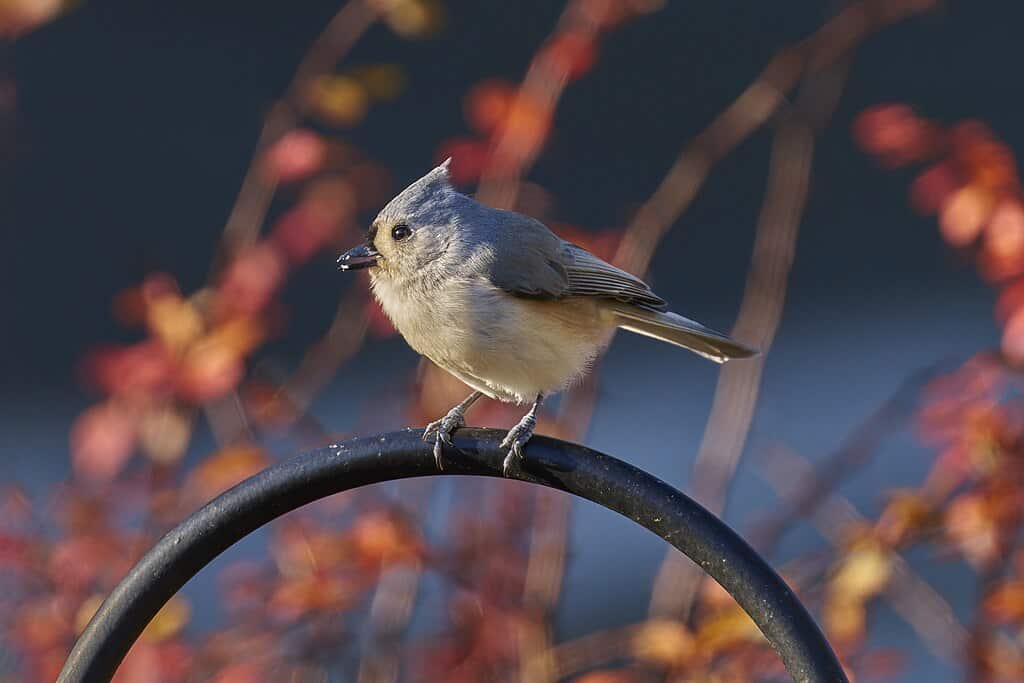
A small songbird, the tufted titmouse can be easily recognized by the crest of gray feathers on its head, black forehead, rust-colored flanks, and big, black eyes. These amusingly named species are notorious for their fashion sense. If possible, they incorporate rattlesnake’s discarded scales into their nests and pluck the fur off live dogs.
23. North American Manatee
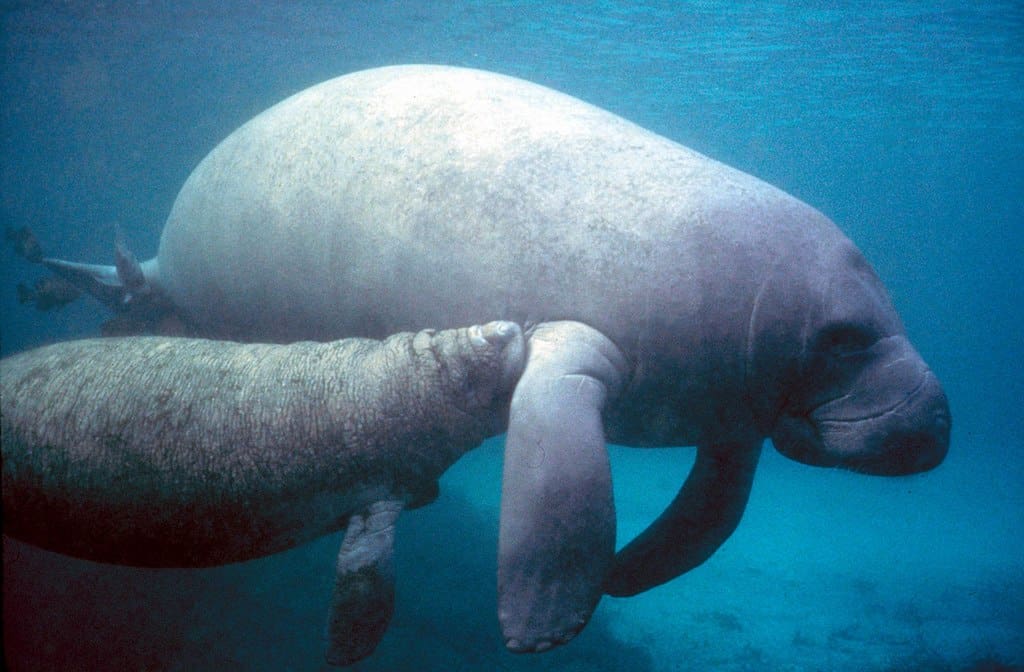
Also famously called the West Indian manatee, the North American manatee is a large aquatic mammal. Together with the dugong and two other manatees, these are from the order Sirenia. These marine species are herbivores and inhabit estuaries, rivers, and coastal regions of the southeastern United States, northern Brazil, and Caribbean islands.
24. Virginia Opossum
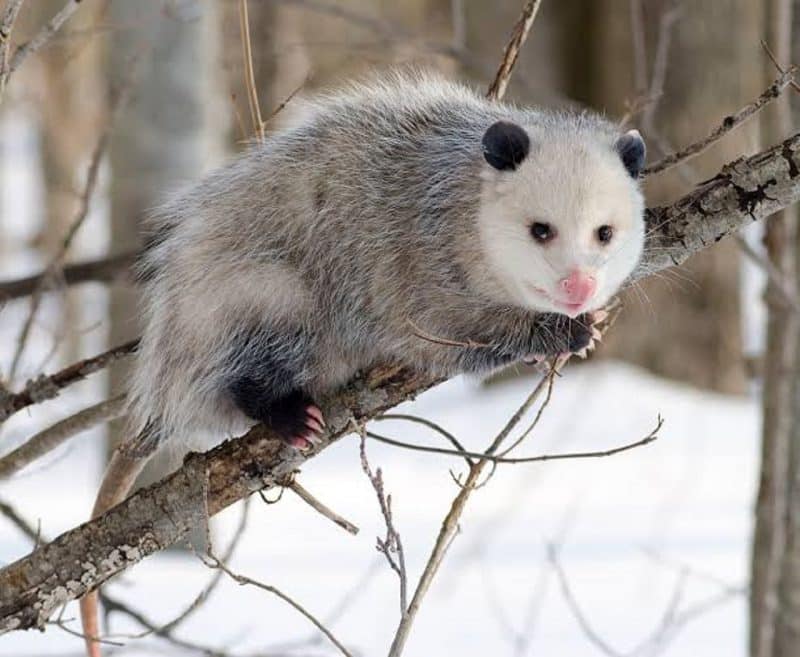
Also famous as the North American opossum, the Virginia opossum is a cat-sized marsupial found in regions from Costa Rica to southern Canada. It is the only marsupial inhabiting the United States and Canada. Like other marsupials, they give birth to undeveloped young, who develop in the special pouch in their mother’s body.
25. Jaguars
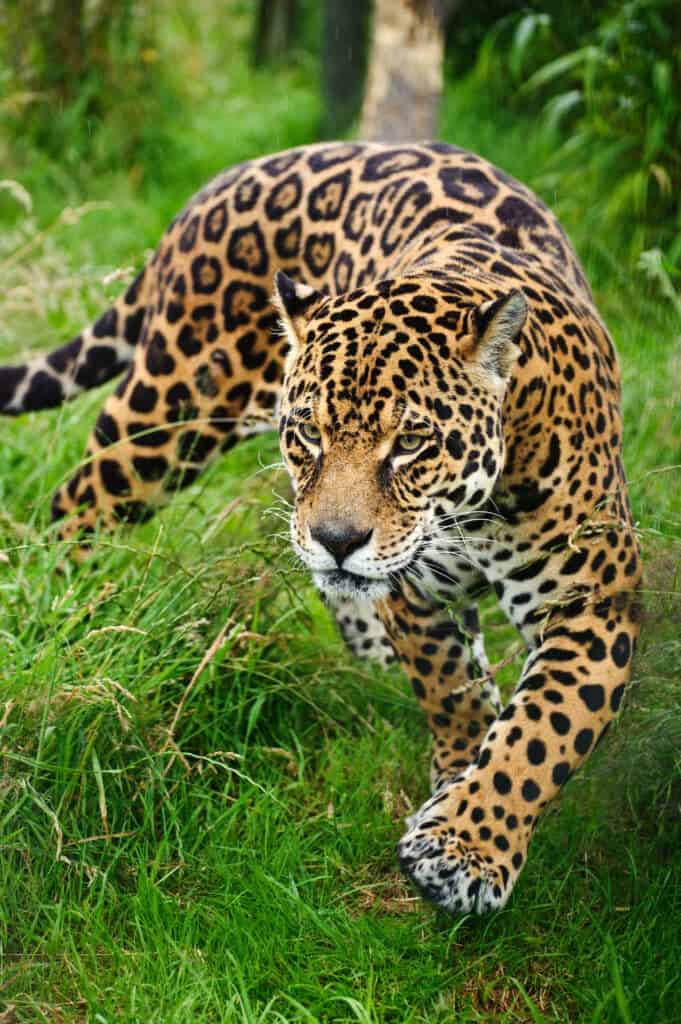
The largest cat in North America, the jaguar’s fur is commonly yellow and tan but can also be reddish brown or black. They have solid and black spots on the head and neck and larger and rose-shaped spots on the back and side of their body. Their weight can be approximately 100 to 250 pounds, with males being heavy.
26. Raccoon
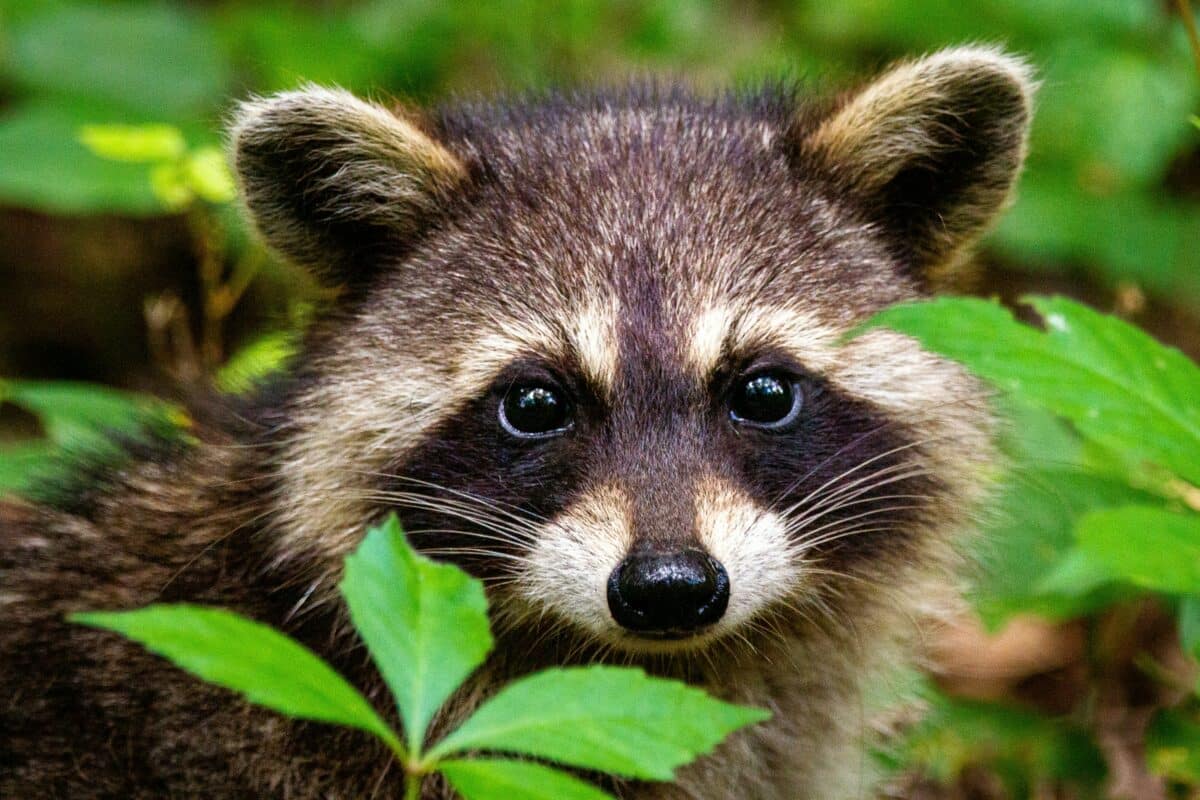
A highly adapted omnivore in North America, the raccoon‘s body length varies from around 23.6 to 37 inches, weighing about 4 to 23 pounds. They most commonly have gray and brown colored fur. However, others also have white, black, red, albino, and golden-colored fur. Raccoons usually inhabit marshes, urban areas, forests, and prairies.
27. Kangaroo Rats
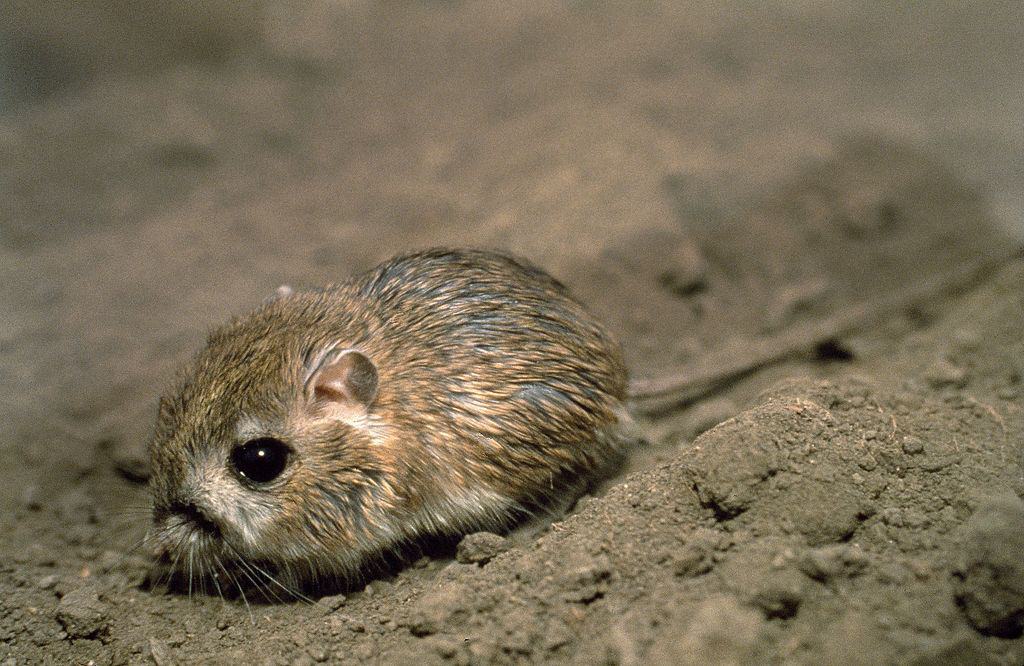
Due to their unique adaptations, kangaroo rats can inhabit desert areas where they can thrive easily, even with little water. These small animals in North America are a vital part of the ecosystem. Kangaroo rats feed on the vegetation and disperse the seeds in their burrows, encouraging and controlling plant life. Moreover, they also act as food sources for many predators, from snakes to coyotes.
28. Caribou
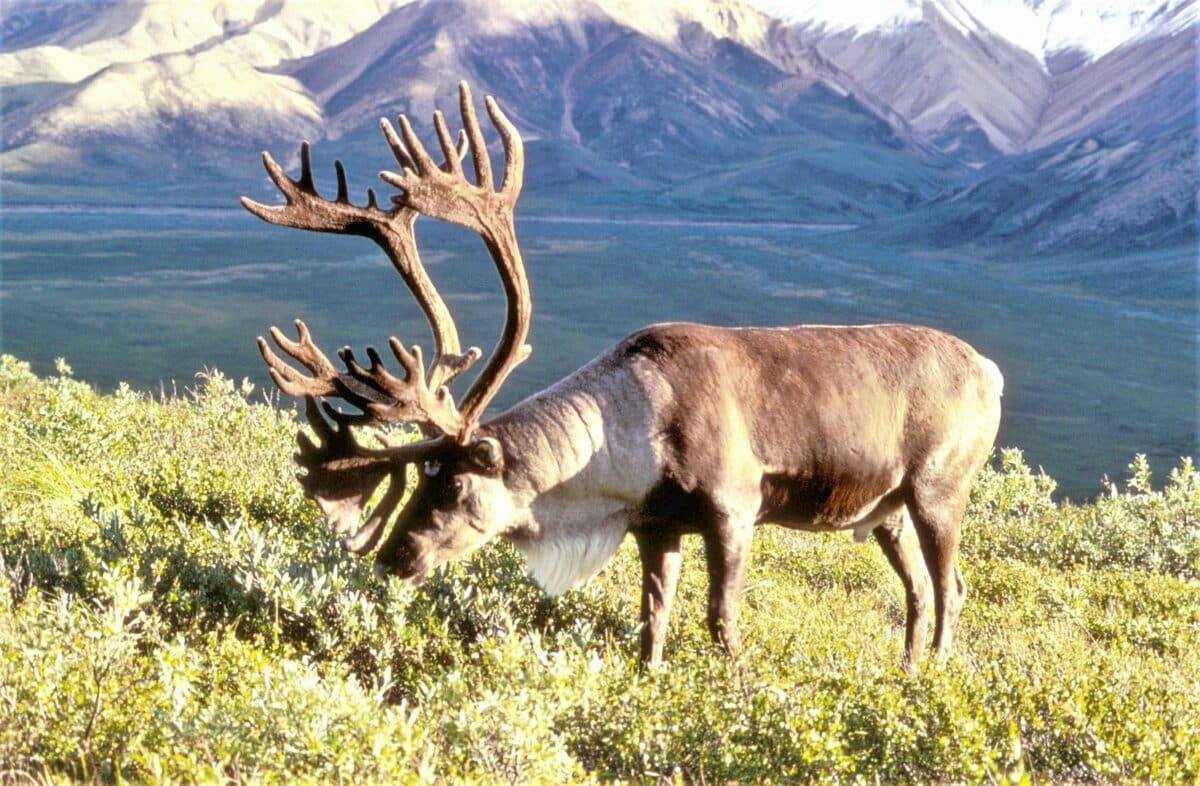
The caribou belongs to the reindeer species, and its four variants are found in North America. These species range from the small Peary caribous weighing 200 pounds to the much bigger boreal woodland caribou weighing 400 pounds. Male caribou are famous all over the continent for their extravagant antlers, using which they fight against other males to acquire the right to mate with female caribou during the breeding season.
29. Western Diamondback Rattlesnake
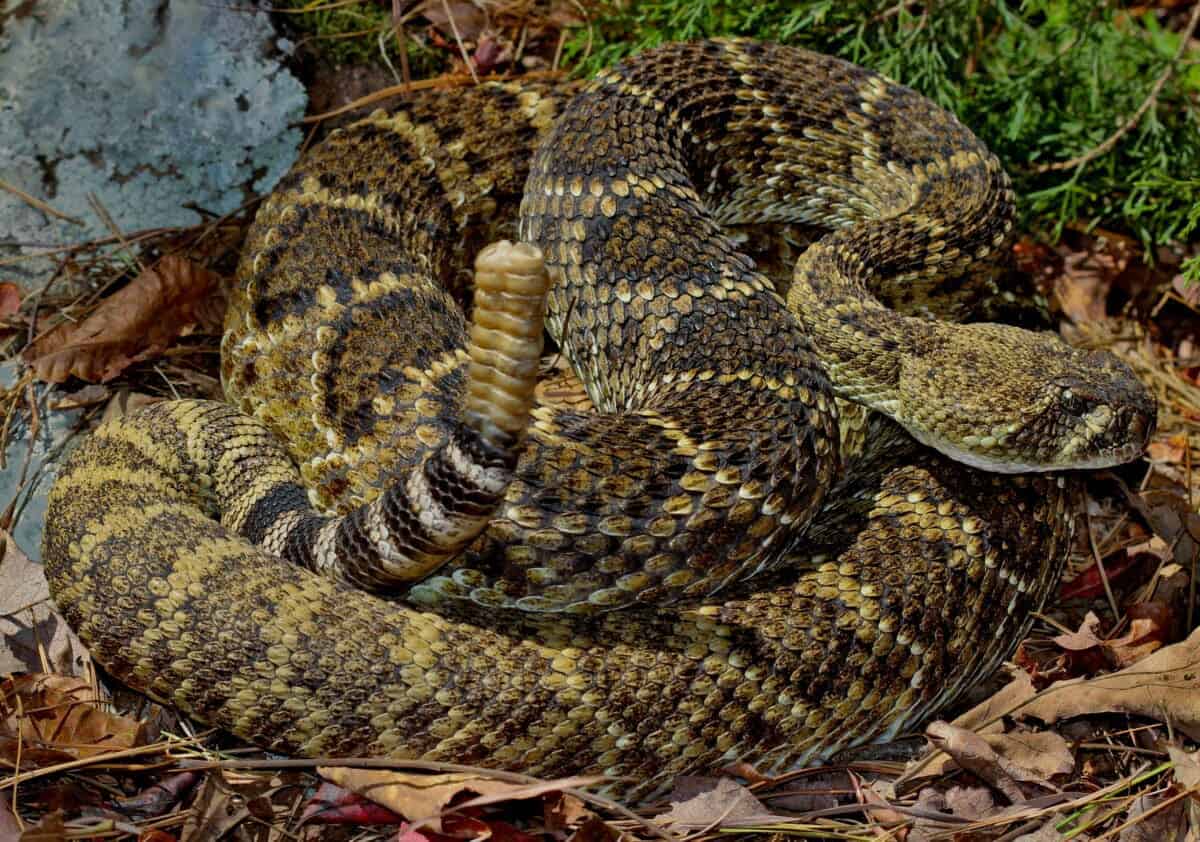
Currently, around 36 rattlesnake species are recognized, most of which inhabit North America. Western diamondback rattlesnakes are from the Crotalinae subfamily, a group of poisonous snakes called pit vipers. These are the second-largest rattlesnakes, with adult ones reaching 120 cm long and exceptionally large ones measuring over 6.5 ft.
30. Black-Footed Ferret
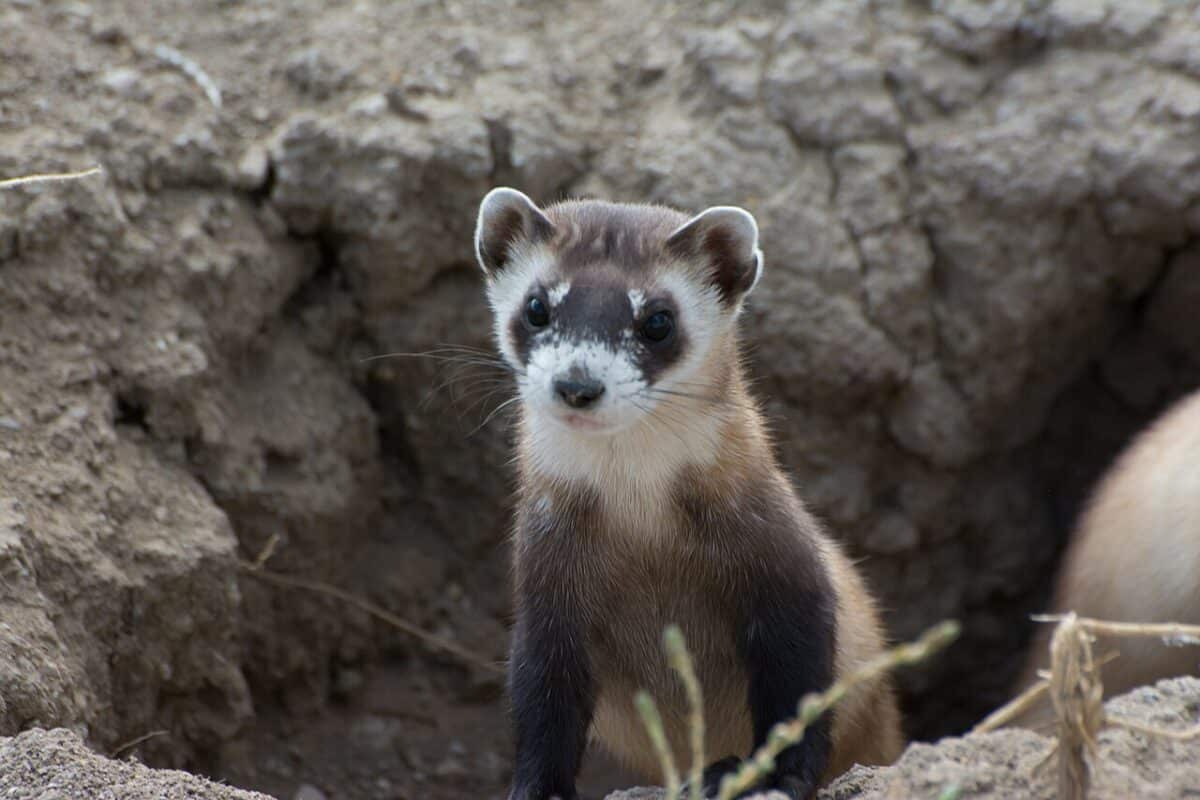
The black-footed ferrets are on the verge of extinction. In fact, in 1987, the species was found to be extinct in the wild, with the last 18 of these animals becoming breeders with their rediscovery in Wyoming, Arizona, and South Dakota. Today, around 300-400 black-footed ferrets are found in the west.
Why North America’s Species are Important?
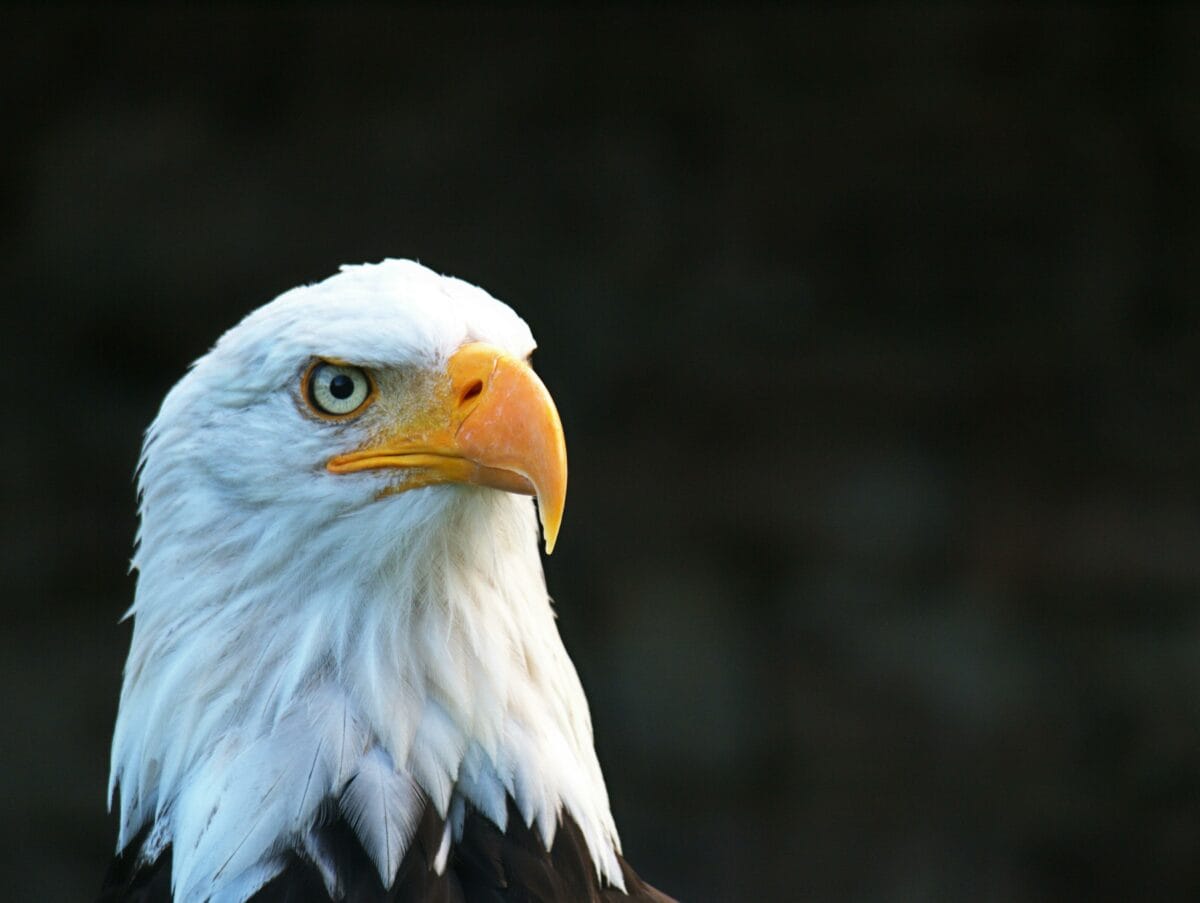
Having a diverse and balanced number of species in North America is crucial to balancing the continent’s ecosystem. In the local ecosystem, all species depend on one another directly or indirectly for survival. For instance, keystones like mountain lions keep the population of deer, elk, or other grazing in check and prevent overgrazing.
Without these North American species, their local ecosystem can change dramatically or even fall apart. So, to create a more efficient, productive, sustainable, and healthy ecosystem, North America should take stringent measures to preserve all discussed species.
Concluding Words
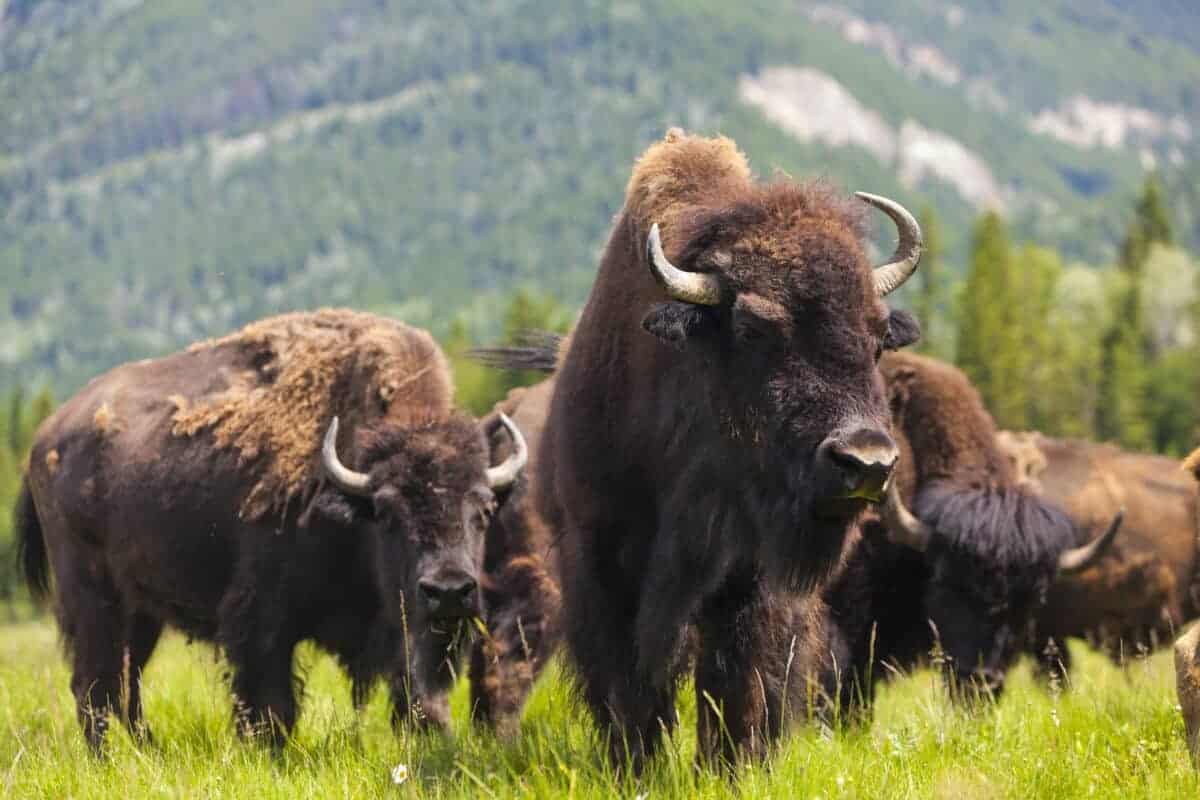
Despite the odds they face, all the above-listed North American species survive in their respective habitats. Besides these species, you can find many species throughout North America, each playing an integral role in maintaining their habitats.
If you enjoyed learning more about these 30 key animals of North America, you might enjoy these articles:
Join our Forum for free today!

- Surprise Hippo Attack on Three Lions - July 21, 2024
- USA’s Best Wildlife Conservation Success Stories - July 14, 2024
- The Incredible Bird with Sunflower Eyes - July 13, 2024

